In today’s fast-paced industrial landscape, businesses face constant pressure to optimize their operations and improve efficiency. One effective way to achieve this is through industrial machinery integration. By seamlessly connecting and coordinating different machinery and systems, organizations can streamline their operations, reduce downtime, enhance productivity, and achieve greater profitability. This article explores the various ways in which industrial machinery integration can help streamline operations, providing insights and practical examples to demonstrate its benefits.
İçindekiler Tablosu
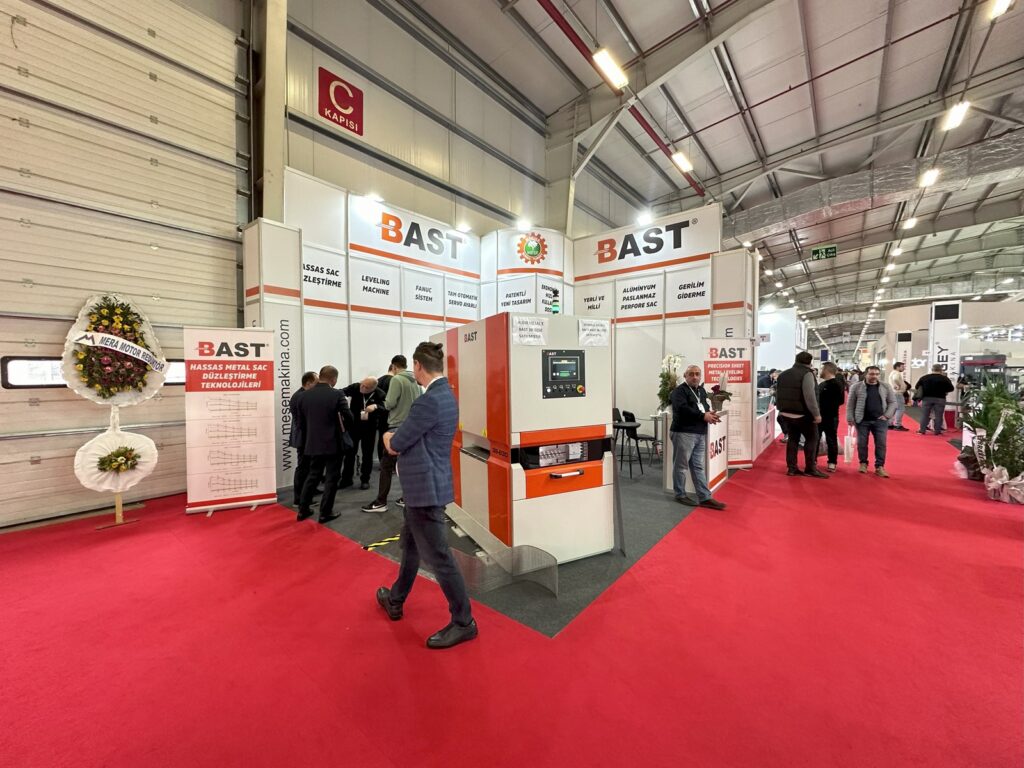
Streamlining Operations: How Industrial Machinery Integration Can Help
Industrial machinery integration refers to the process of integrating different machinery, equipment, and systems within a manufacturing or production environment. It involves the seamless flow of information, data, and commands between various components, enabling organizations to achieve greater control, coordination, and automation.
By integrating industrial machinery, companies can streamline their operations in numerous ways. Let’s explore some key areas where industrial machinery integration can make a significant impact:
1. Enhanced Communication and Data Exchange
Effective communication and data exchange are critical for efficient operations. Industrial machinery integration facilitates seamless communication between different machines, allowing real-time data sharing and analysis. This enables organizations to monitor and control their processes more effectively, leading to improved decision-making and optimized operations.
2. Improved Efficiency and Productivity
Industrial machinery integration can significantly enhance efficiency and productivity. By automating manual processes and eliminating manual interventions, organizations can minimize errors, reduce labor costs, and accelerate production cycles. Additionally, streamlined operations result in faster turnaround times, enabling companies to meet customer demands more promptly.
3. Minimized Downtime and Maintenance Costs
Downtime can be detrimental to operations, leading to financial losses and decreased customer satisfaction. Industrial machinery integration helps minimize downtime by enabling predictive maintenance. By continuously monitoring machinery performance and analyzing data, potential issues can be identified and addressed proactively, reducing unplanned downtime and optimizing maintenance schedules. This results in cost savings and improved overall equipment effectiveness (OEE).
4. Enhanced Quality Control
Maintaining consistent product quality is vital for customer satisfaction and brand reputation. Industrial machinery integration enables real-time monitoring and control of critical process parameters, allowing organizations to identify deviations and take corrective actions promptly. By ensuring strict adherence to quality standards, companies can minimize defects, rework, and waste, ultimately delivering superior products to their customers.
5. Optimal Inventory Management
Effective inventory management is crucial for reducing costs and maintaining smooth operations. Industrial machinery integration provides real-time visibility into inventory levels, enabling accurate demand forecasting and inventory replenishment. By automating inventory tracking and reordering processes, organizations can avoid stockouts, optimize stock levels, and minimize carrying costs, resulting in improved cash flow and operational efficiency.
6. Streamlined Supply Chain Collaboration
Collaboration across the supply chain is essential for seamless operations. Industrial machinery integration enables seamless information exchange between suppliers, manufacturers, and distributors. By integrating systems and sharing data, organizations can improve supply chain visibility, optimize logistics, and enhance coordination. This leads to reduced lead times, improved inventory turnover, and increased customer satisfaction.
7. Scalability and Flexibility
In today’s dynamic business environment, scalability and flexibility are vital for sustainable growth. Industrial machinery integration provides a scalable platform that can accommodate future expansion and changes in production requirements. By designing a modular and interconnected system, organizations can easily add or replace machinery as needed, adapting to evolving market demands and maximizing operational agility.
8. Real-Time Performance Monitoring
Real-time performance monitoring is essential for proactive decision-making and continuous improvement. Industrial machinery integration enables organizations to collect and analyze real-time data on key performance indicators (KPIs). By monitoring KPIs such as production output, machine utilization, and energy consumption, companies can identify bottlenecks, inefficiencies, and opportunities for optimization. This enables data-driven decision-making, leading to improved performance and competitiveness.
9. Compliance with Industry Standards and Regulations
Compliance with industry standards and regulations is critical for manufacturing organizations. Industrial machinery integration can help automate compliance processes by ensuring consistent data capture, traceability, and reporting. By integrating quality management systems and regulatory requirements into the machinery integration framework, organizations can streamline compliance efforts, reduce audit-related stress, and ensure adherence to standards.
10. Integration of Robotics and Artificial Intelligence
The integration of robotics and artificial intelligence (AI) technologies can revolutionize industrial operations. By combining industrial machinery integration with robotics and AI, organizations can achieve higher levels of automation, precision, and adaptability. Robots can be seamlessly integrated into existing production lines, working collaboratively with human operators. AI algorithms can analyze vast amounts of data, enabling predictive maintenance, anomaly detection, and optimization of production processes.
Frequently Asked Questions (FAQs)
Q1: How can industrial machinery integration help improve productivity?
Industrial machinery integration enhances productivity by automating manual processes, minimizing errors, and accelerating production cycles. It enables seamless communication and data exchange between machines, allowing real-time monitoring and control. This results in improved decision-making, reduced downtime, and faster turnaround times, ultimately boosting productivity.
Q2: What are the cost-saving benefits of industrial machinery integration?
Industrial machinery integration offers several cost-saving benefits. By enabling predictive maintenance, organizations can minimize unplanned downtime and optimize maintenance schedules, resulting in reduced maintenance costs. Additionally, streamlined operations lead to improved efficiency, reduced labor costs, and optimized inventory management, contributing to overall cost savings.
Q3: Can industrial machinery integration help improve product quality?
Yes, industrial machinery integration plays a vital role in enhancing product quality. By enabling real-time monitoring and control of critical process parameters, organizations can identify deviations and take corrective actions promptly. This ensures consistent adherence to quality standards, minimizing defects, rework, and waste, and delivering superior products to customers.
Q4: How does industrial machinery integration contribute to supply chain collaboration?
Industrial machinery integration facilitates seamless information exchange between suppliers, manufacturers, and distributors. By integrating systems and sharing data, organizations can improve supply chain visibility, optimize logistics, and enhance coordination. This results in reduced lead times, improved inventory turnover, and increased customer satisfaction.
Q5: Can industrial machinery integration adapt to changing production requirements?
Yes, industrial machinery integration offers scalability and flexibility. By designing a modular and interconnected system, organizations can easily add or replace machinery as needed, accommodating future expansion and changing production requirements. This enables businesses to adapt to evolving market demands and maximize operational agility.
Q6: How can industrial machinery integration contribute to compliance efforts?
Industrial machinery integration can help automate compliance processes by ensuring consistent data capture, traceability, and reporting. By integrating quality management systems and regulatory requirements into the machinery integration framework, organizations can streamline compliance efforts, reduce audit-related stress, and ensure adherence to industry standards and regulations.
Conclusion
Streamlining operations is crucial for organizations aiming to remain competitive in today’s rapidly evolving industrial landscape. Industrial machinery integration offers a comprehensive solution to optimize operations, enhance efficiency, and drive productivity. By leveraging the power of seamless communication, automation, and real-time data analysis, businesses can achieve greater control, coordination, and agility. From improved productivity and quality control to cost savings and enhanced supply chain collaboration, industrial machinery integration is a catalyst for success in the modern industrial era.

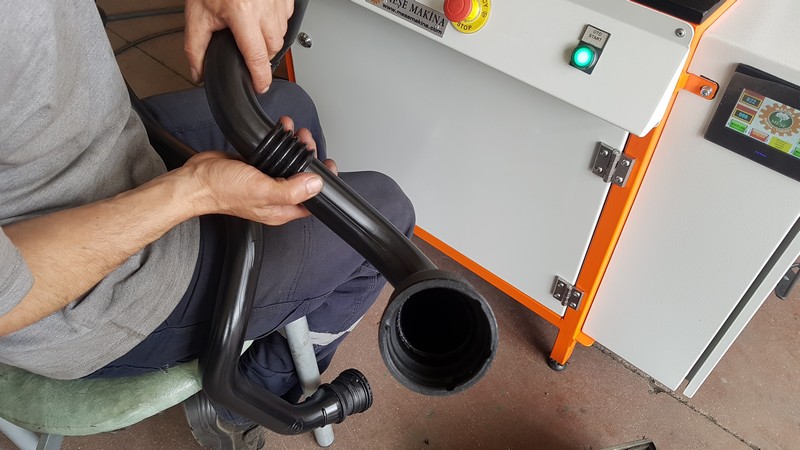
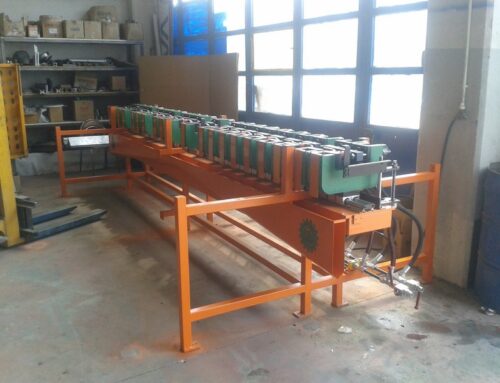
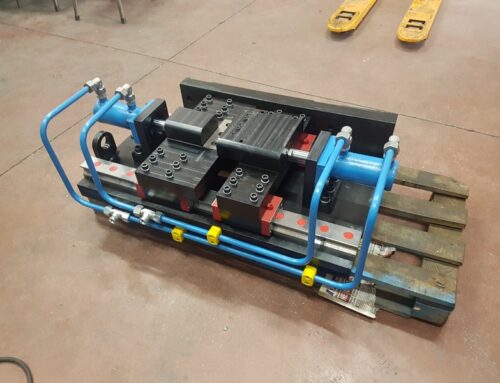
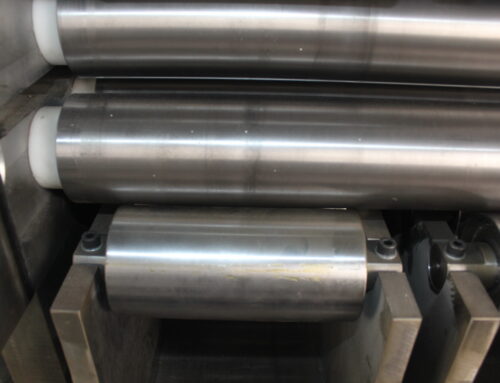


Leave A Comment